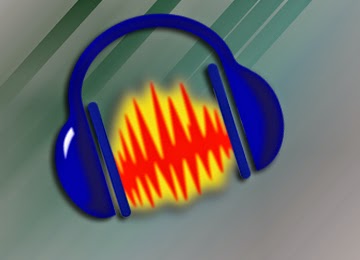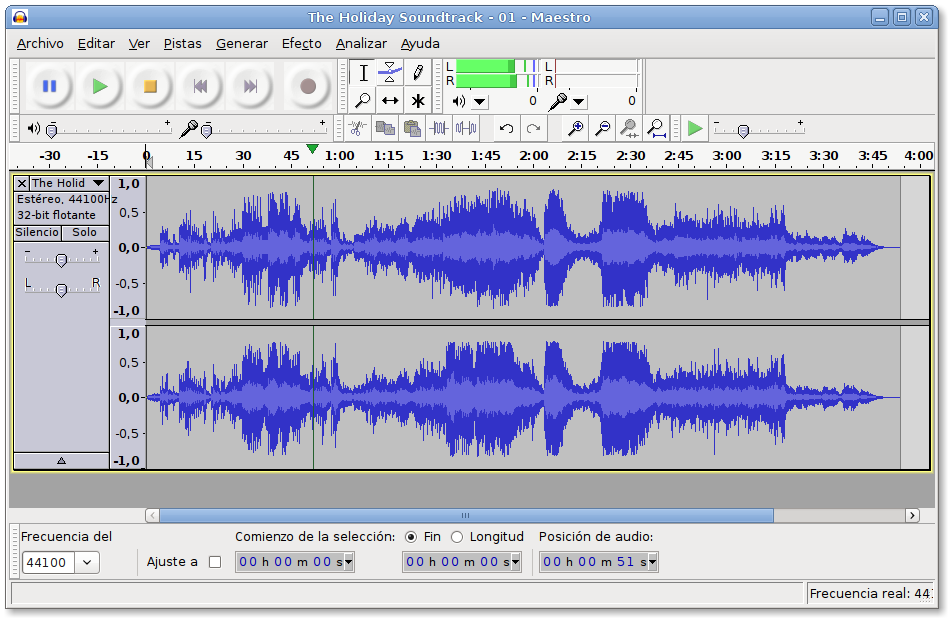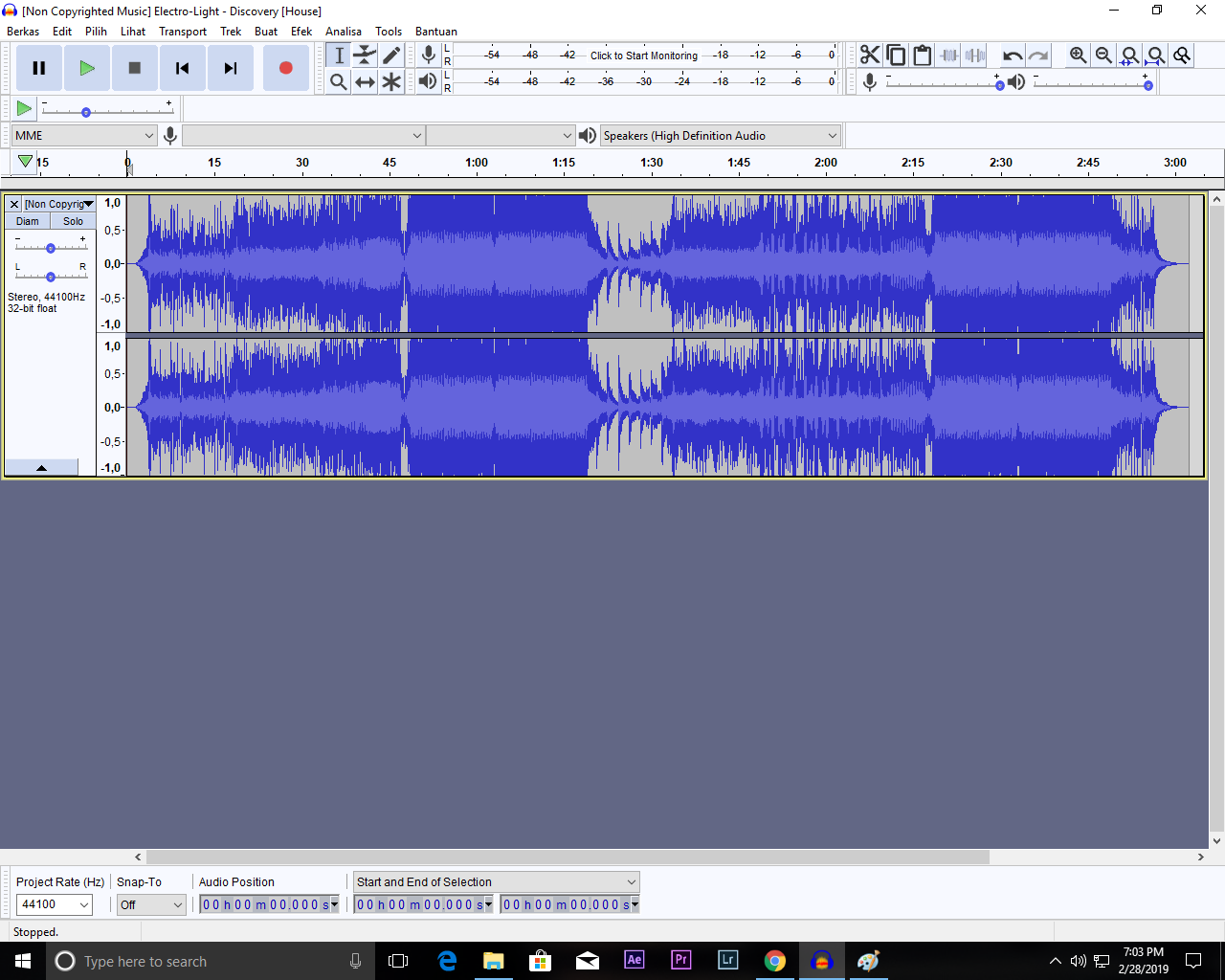
We collect information that users provide by filling out forms on the Site, communicating with us via contact forms, responding to surveys, search queries on our search feature, providing comments or other feedback, providing information when ordering a product or service via the Site, and other circumstances where collecting personal information is reasonable and permitted by the Laws of the State of Victoria, Australia. The Site provides various places for users to provide information. Midnight Music understands the importance of protecting your personal information and undertakes to adhere to this privacy policy at all times to ensure your personal information is effectively safeguarded. The Site is operated by Midnight Music Pty Ltd ABN 87 619 652 603 (“Midnight Music” or “Company” or “we” or “us”). This is the Privacy Policy for the Midnight Music website located at (“Site”). Now, to trim (or restore) audio, simply hover in the upper corner of a clip until dual black arrows appear and click and drag to edit as needed:Įven better? Copy/pasted audio also retains all of its audio memory! In the old versions, a trimmed audio clip was really a permanent deletion.īUT, in Audacity 3.1, they’ve introduced smart audio clips which save audio data inside of the clip so you can restore trimmed audio to the track at any time. In the old version, you didn’t unless you hit “Ctrl/Cmd + Z” into oblivion and in the process sacrificed all of your other edits that you had made in between those two points. You then go about your business, make more and more adjustments, and an hour later realize that you cut out a segment of audio that you didn’t mean to. Imagine you trim down a segment of an audio clip. Next, Smart Audio Clips are another complete game-changer when it comes to making Audacity even more user-friendly and completely non-destructive! This will disappear once your project is saved and closed, leaving you with a single. Tip: while you have an Audacity project open you might notice that there is what appears to be a second “file” with the same name as your project (it ends with.

This new update to AUP3 is a big game-changer!

This has always been a small headache as you had to store folders for projects instead of individual files (and also meant that it was harder for students to share their project files with you).


Starting in Audacity 3.0, Audacity has introduced AUP3 which will now save project files inside of one, singular project file which will help keep your audio projects in a more cohesive format! Not only was this a little harder to save, but it also meant that it was easy to delete the data folder and render your AUP file useless. In prior versions of Audacity, audio projects were saved in a two-part system – there was both an AUP file (the project file) as well as a folder of “data” that integrated with the project file. Audacity Update #1: AUP3 File Structure Changes


 0 kommentar(er)
0 kommentar(er)
